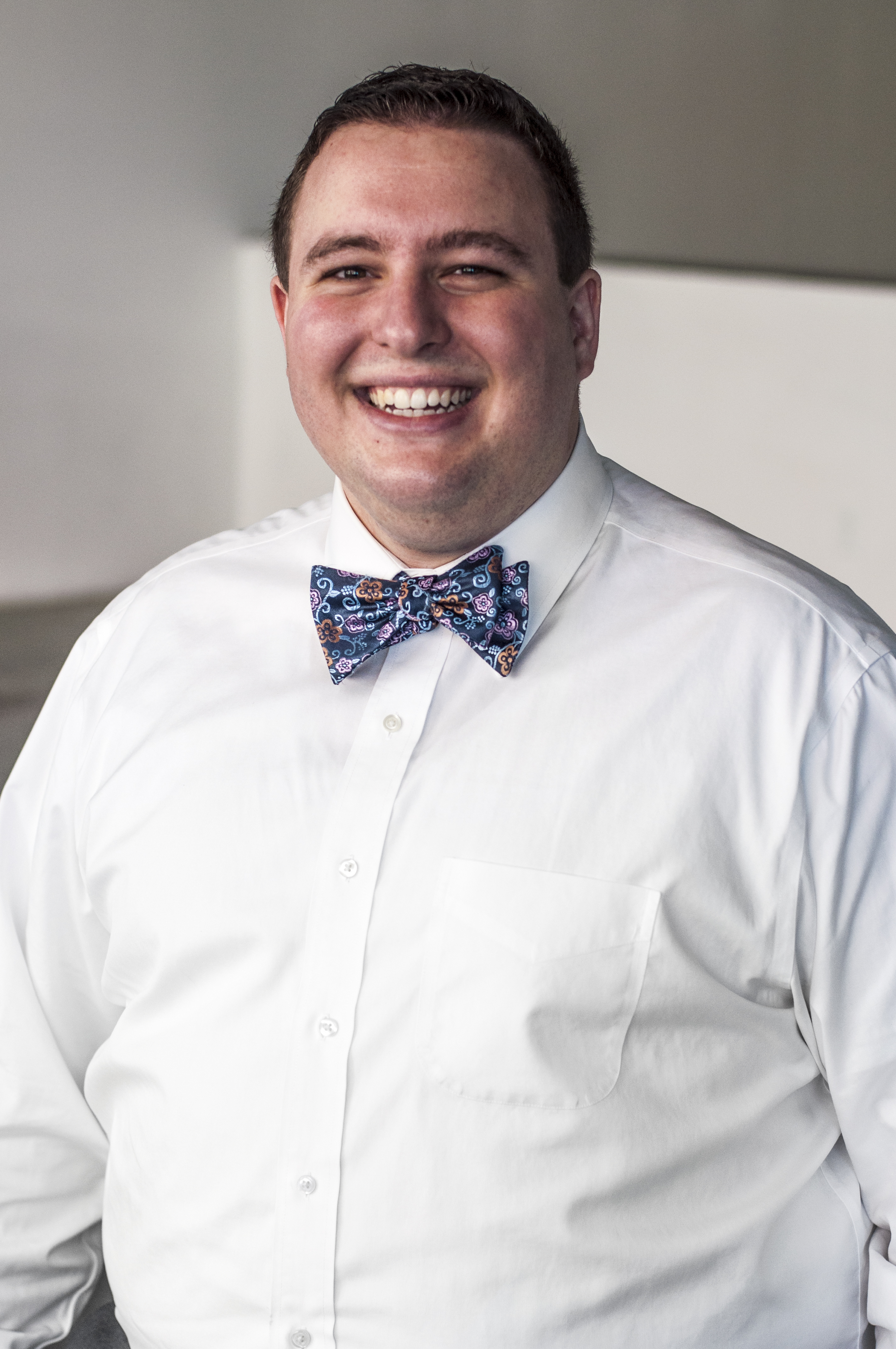
Richard Drehoff Jr. (b. 1991) is a musician intrigued by mathematical patterns, captivated by philosophy’s deepest questions, and fascinated with the relationship between our understandings of musical and extramusical concepts. Richard’s works have been performed across the US and internationally by the ECCE Ensemble and the New Mexico Contemporary Ensemble. In 2017, he was selected as a composition fellow for the first-annual James Tenney Memorial Symposium in Albuquerque and Santa Fe, New Mexico, and has had the opportunity to work with performers and composers of international acclaim. An active composer and pianist, Richard serves as the managing director of earspace, a North Carolina-based ensemble dedicated to cultivating invigorating, site-specific performances of modern works. In Baltimore, he works as a co-founder and director of Sense Baltimore, an interdisciplinary arts series which seeks to cultivate relationships between local musicians, visual artists, and performers.. Richard also founded and directed the Chapel Hill Contemporary Music Ensemble (2012-2016), which premiered over twenty new compositions during his tenure as conductor. Richard currently resides in Baltimore, MD, where he completed master's degrees in composition and in music theory pedagogy at the Peabody Institute of the Johns Hopkins University, studying with Felipe Lara and Michael Hersch. He previously earned a bachelor's degree in music and math from the University of North Carolina at Chapel Hill, working with Stephen R. Anderson, Severine Neff, and Evan Feldman.